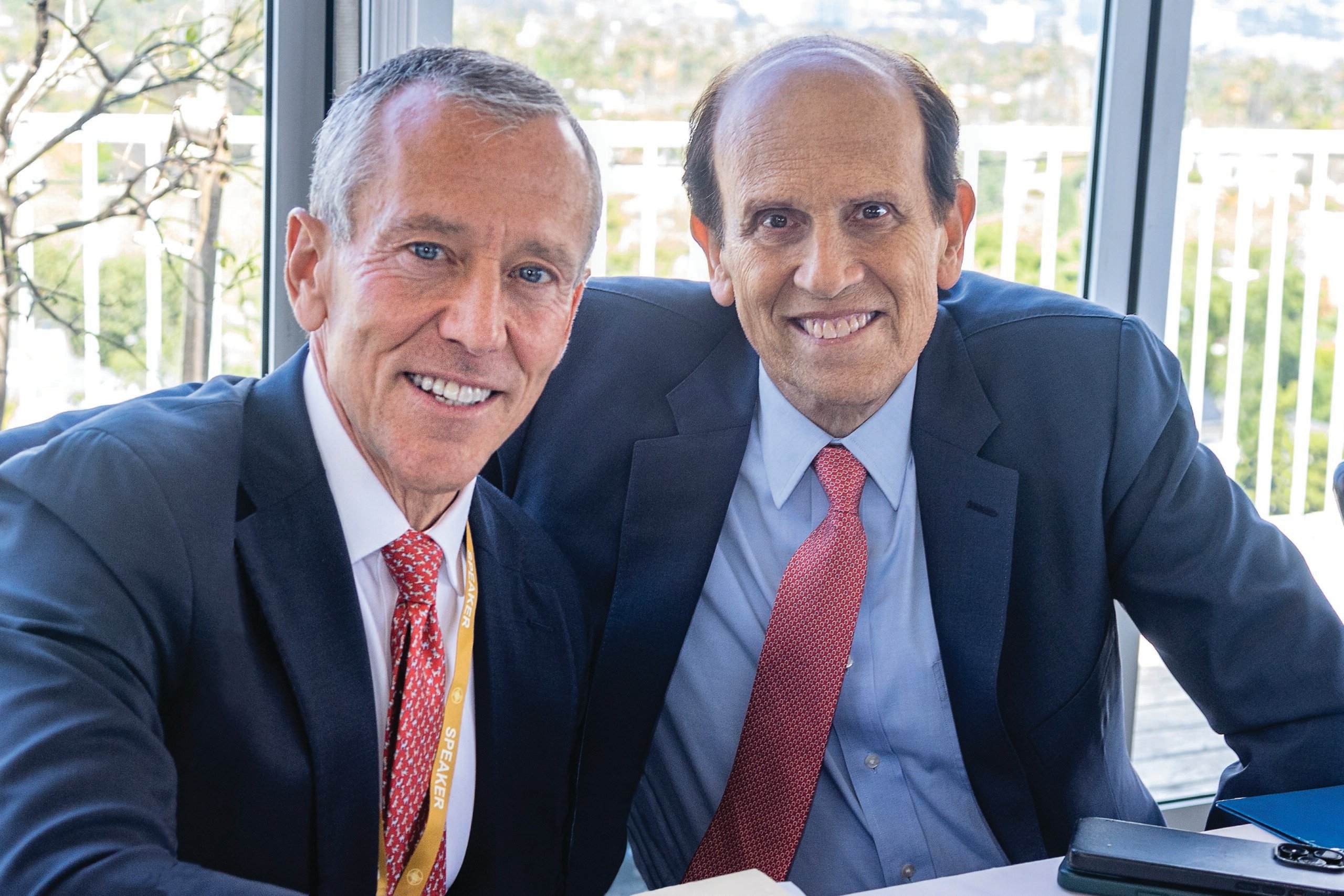01. WHAT DOES A CIO ACTUALLY DO?
“I work to insure that all levels of the organization are embracing key behaviors that foster creativity,” says Chris Hunsberger, EVP, product and innovation, Four Seasons. His duties include ensuring employees have “a broad, inclusive platform for sharing ideas” and facilitating “constant innovation around the guest experience.”
02. WHY DOES MY COMPANY NEED A CIO?
A successful CIO should give your firm a “sustained competitive advantage,” says Per-Kristian Halvorsen, CIO at Intuit. One example is Citigroup, not typically known for its innovation. In 2012, Citi CIO Deborah Hopkins and her Palo Alto, Calif.- based team met with 800 tech startups. Their subsequent investments in Square, Jumio and others helped Citi gain traction in the mobile payments space.

03. WHAT ARE THE KEYS TO A SUCCESSFUL INNOVATION STRATEGY?
According to Halvorsen, “the most innovative organization is the one that engages the whole company in the task of innovation”—which requires company-wide access to brainstorming tools, training managers in innovation best practices and, at the senior level, a clear set of goals.
04. MY COMPANY IS SMALL. ISN’T A CIO A BETTER FIT AT A LARGER ORGANIZATION?
CIOs say that it’s not a company’s size or revenue that determines whether they would benefit from someone in that position, but management’s commitment to innovation.
05. BEYOND THE CIO, SHOULD THERE BE AN INNOVATION TEAM?
While the entire company should embrace innovation, there also needs to be a dedicated group of people who prioritize it. When building an innovation team, “you’re looking for people who are insatiably curious and willing to explore ideas without immediately seeing reasons why it can’t be done,” Hopkins says.
06. WHICH DEPARTMENTS DO YOU WORK CLOSELY WITH?
The CIO needs to interact with all departments, though not necessarily in equal measure. At Intuit, Halvorsen works most often with the engineering, user experience and product management teams. Hunsberger found that at Four Seasons, “cross-functional teams” that combine people from different departments works best for idea generation. The CIO is really an “ambassador at large,” says Hopkins.

07. HOW DO YOU EVALUATE A “PILOT”?
Pilots are a way to means-test an innovation. At the pilot’s end, Halvorsen has three gauges he uses to measure viability: Have customers shown a positive reaction? Are they willing to recommend the product or service? Will it attract a meaningful number of customers?
08. HOW CAN WE ENSURE SUCCESSFUL PILOTS?
Be transparent. Citi and Four Seasons both use global, cross-disciplinary teams of senior executives to monitor, and often participate in, innovation efforts. One goal of such oversight is to ensure that the innovations actually align with company goals.
09. HOW MUCH FAILURE SHOULD WE EXPECT—AND ALLOW?
“Failure is a natural by-product of an innovative organization,” says Hunsberger. Four Seasons encourages hotels to accept on average a 3:1 or 4:1 success-to-failure ratio for pilots; Hopkins believes the failure rate can be greater than 50 percent. Regardless, the failure rate matters much less than the lessons learned from failing.
10. WHAT SHOULD WE BE SPENDING ON INNOVATION?
“It’s important to budget for innovation in the same context as other shared functions,” like IT, argues Halvorsen. Along with providing for talent at the center, the budget should account for time given to employees to innovate on their own.
For more information, contact: Per-Kristian Halvorsen, [email protected], intuit.com; Deborah Hopkins, [email protected], 650.798.8140, ventures.citi.com; Chris Hunsberger, [email protected], 4156.449.1750, fourseasons.com








